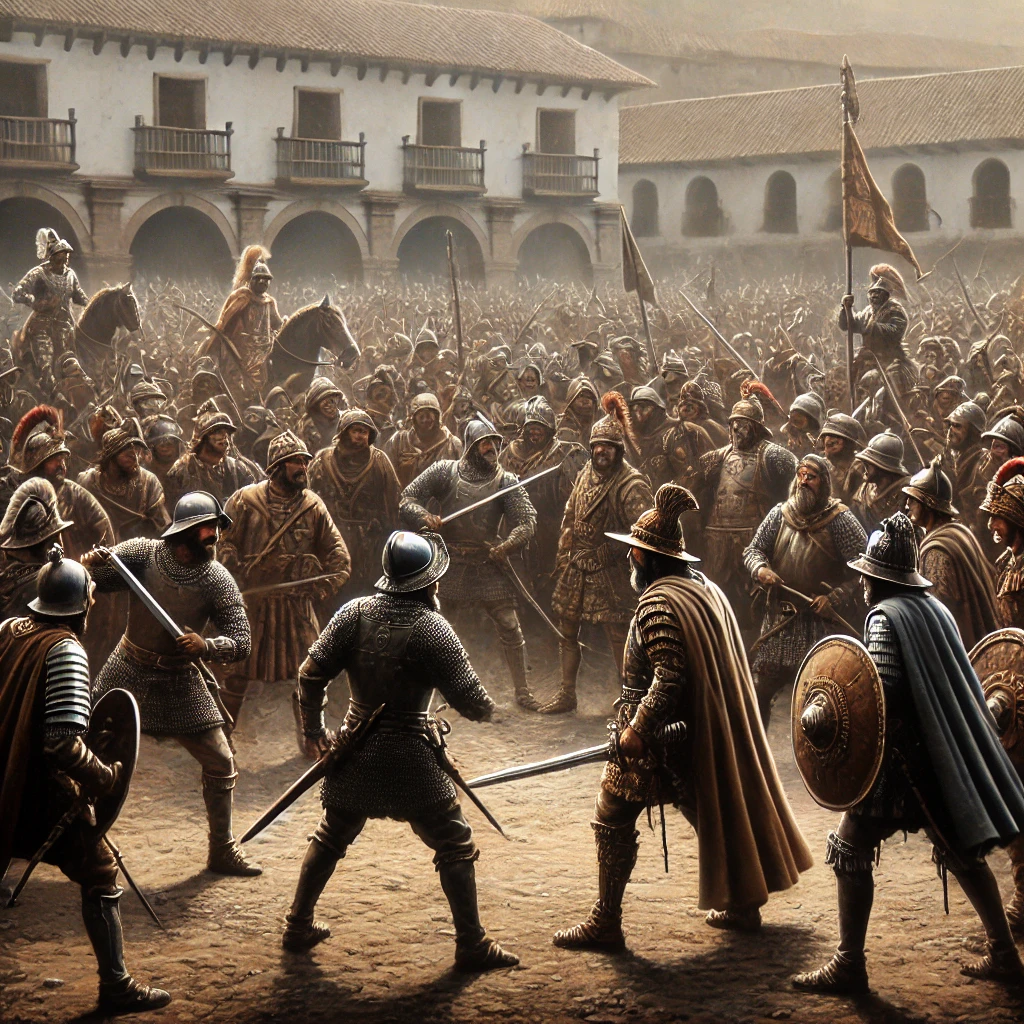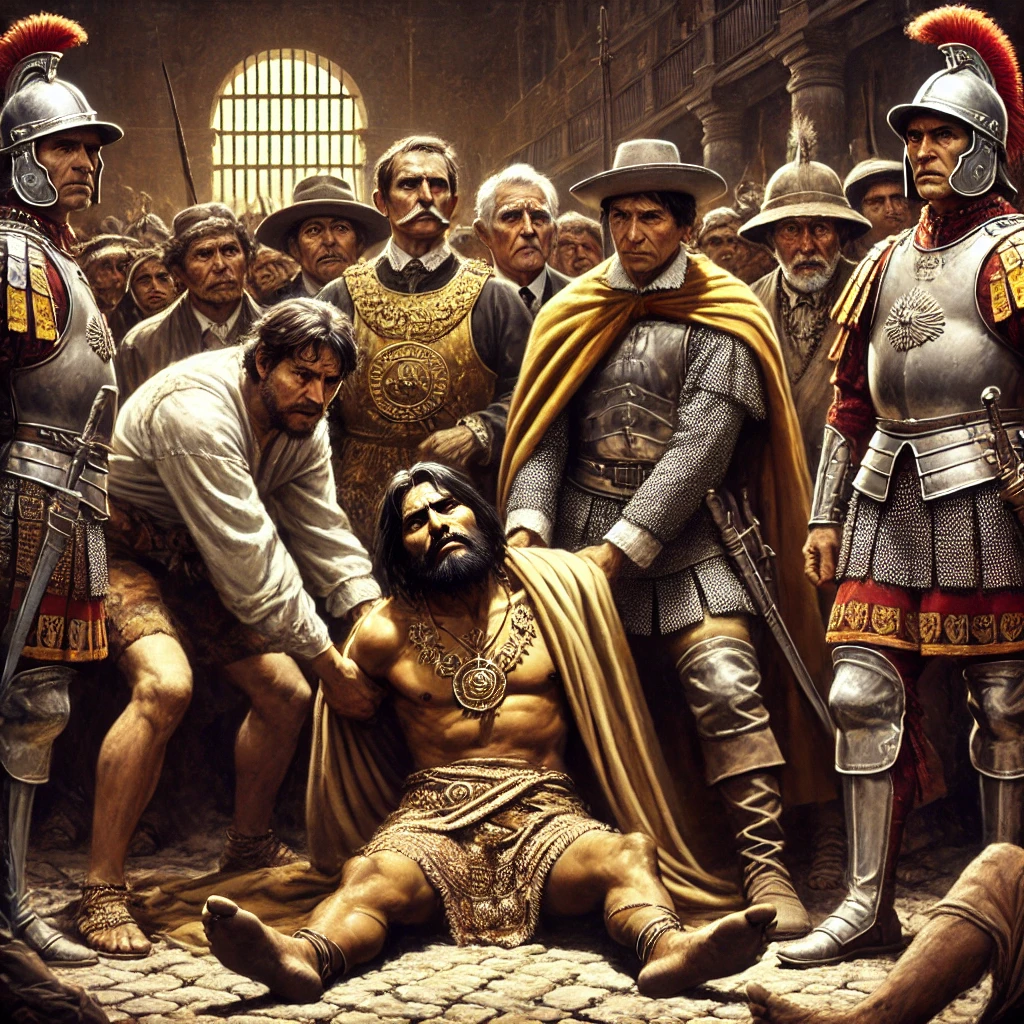On November 16, 1532, Spanish conquistador Francisco Pizarro captured Incan Emperor Atahualpa during the Battle of Cajamarca, a pivotal moment that would significantly alter the course of South American history. This event marked the beginning of the end for the Inca Empire, leading to Spanish domination over vast territories in the region. The capture of Atahualpa not only showcased the military prowess of the conquistadors but also underscored the dramatic cultural and political shifts occurring during this era of exploration and conquest.

The Context of the Conquest
The conquest of the Inca Empire was fueled by the Spanish quest for wealth and resources, particularly gold and silver. Following the arrival of Pizarro and his men in Peru, they quickly learned of the vast riches possessed by the Incas. Atahualpa, who had recently come to power after a brutal civil war, found himself in a precarious position, facing both internal strife and the foreign threat posed by the Spaniards.
In the months leading up to the battle, tensions escalated as Pizarro’s forces advanced into Incan territory. The Spanish conquistadors, significantly outnumbered, relied on superior weaponry, strategic cunning, and the element of surprise. They sought to exploit divisions within the Inca leadership and the chaos resulting from recent conflicts. The Battle of Cajamarca was set against this backdrop of political instability and a fierce struggle for control.

The Capture of Atahualpa
The encounter at Cajamarca was characterized by a shocking display of tactical brilliance from Pizarro. On the night of November 15, 1532, Pizarro and his men ambushed Atahualpa’s forces during a gathering in the town square. The Spaniards utilized their advanced weapons, including firearms and cavalry, to devastating effect against the unarmed Inca soldiers. The surprise attack led to chaos, and amid the confusion, Pizarro seized Atahualpa.
Pizarro’s capture of the emperor was both a military triumph and a psychological blow to the Inca Empire. Despite being taken hostage, Atahualpa negotiated for his release, offering a room filled with gold and silver in exchange for his freedom. However, the Spanish ultimately executed him in 1533, further solidifying their control over the Inca territory and contributing to the rapid decline of Inca power.
The Aftermath and Historical Significance
The capture and subsequent execution of Atahualpa had profound implications for the Inca Empire and South America as a whole. The death of the emperor left a power vacuum and led to a fragmentation of Inca society. Spanish forces capitalized on the disarray, quickly conquering significant portions of Incan territory and establishing colonial rule.
The events at Cajamarca marked a crucial turning point in the Spanish conquest of the Americas. The riches acquired through the conquest of the Inca Empire would fuel Spain’s wealth and power, significantly impacting European politics and trade in the following centuries. Furthermore, the encounter set a precedent for the brutal methods of conquest employed by European powers in the Americas, leading to widespread cultural disruption, violence, and the eventual colonization of indigenous lands.

The capture of Atahualpa by Francisco Pizarro on November 16, 1532, symbolizes a transformative moment in the history of South America. This pivotal event not only precipitated the fall of the Inca Empire but also exemplified the broader consequences of European colonization. As we reflect on the significance of this encounter, we recognize its lasting impact on the cultural, social, and political landscape of South America, shaping the continent’s history for generations to come. The legacy of the conquest serves as a reminder of the complex interactions between cultures and the profound changes that can arise from conflict and ambition.
